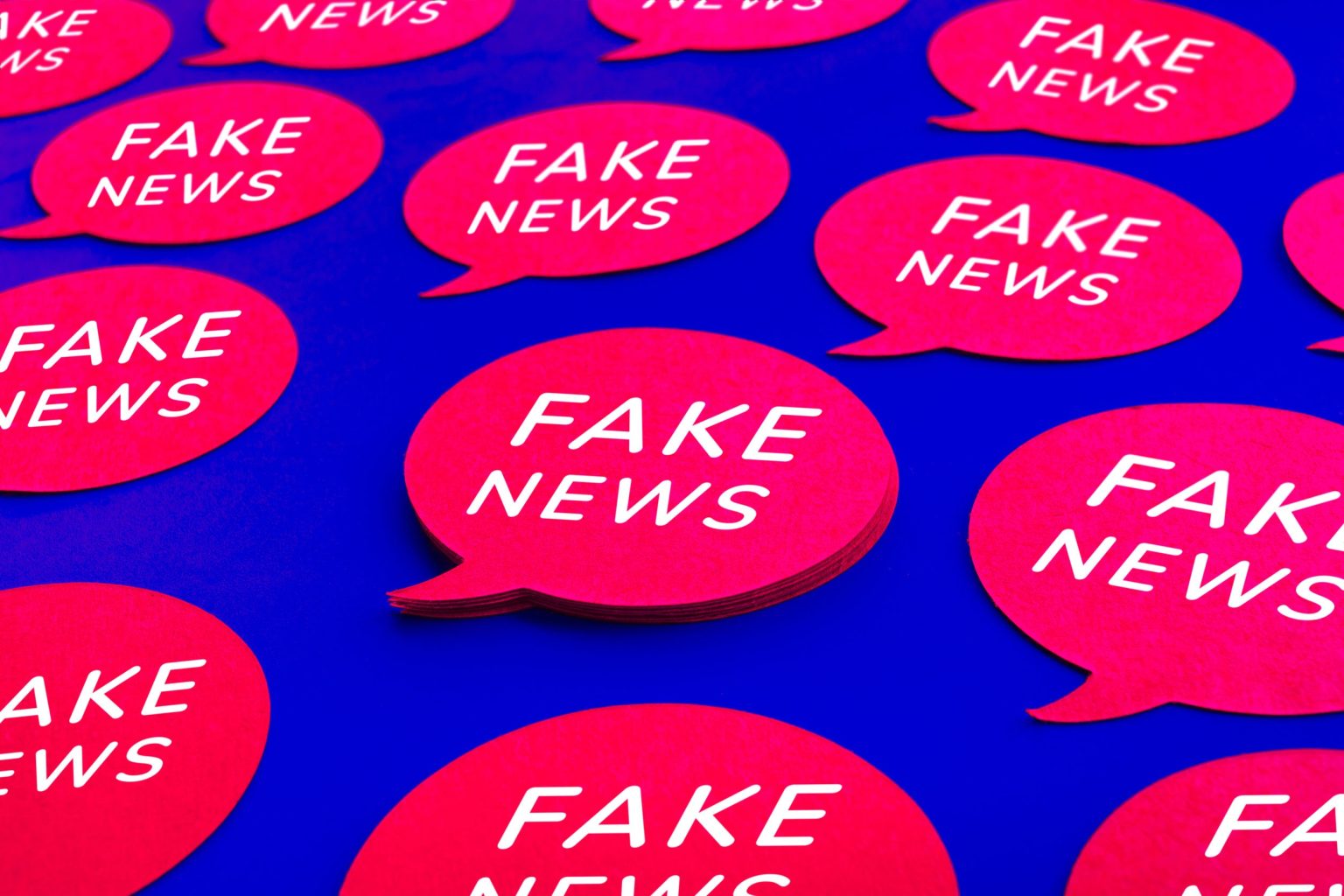The Rising Tide of Misinformation and Disinformation: A Threat to Brand Reputation and Public Trust
In today’s interconnected world, the rapid spread of misinformation and disinformation poses a significant threat to brand reputation and public trust. These insidious tactics, often employed in political campaigns and organizational attacks, can quickly erode credibility and inflict lasting damage. Misinformation, the unintentional spread of false information, and disinformation, the deliberate dissemination of fabricated content, both contribute to a climate of uncertainty and distrust. As Tina McCorkindale, CEO and president of the Institute for Public Relations (IPR), emphasizes, “Disinformation often targets organizations, fabricating information about their operations.” Moreover, disinformation can morph into misinformation as it gains traction, blurring the lines between deliberate falsehoods and unwitting propagation.
The pervasiveness of misinformation and disinformation is deeply concerning. According to a recent IPR survey, 70% of Americans consider misinformation and deliberately biased information a major problem, on par with concerns about illegal drug use, federal spending, and poverty. This statistic underscores the urgency for communications teams and PR professionals to develop effective strategies to counter these threats. Understanding how these campaigns influence public perception is crucial to halting the spread of false narratives and protecting organizational reputations.
Combating the Infodemic: A Multi-Pronged Approach
McCorkindale outlines several key steps organizations can take to safeguard themselves against the damaging effects of misinformation and disinformation. These strategies emphasize proactive monitoring, education, and engagement to build resilience and maintain public trust. Implementing robust monitoring systems using tools like Alethia allows organizations to track mentions across various media platforms and identify potential misinformation early on. This proactive approach enables timely intervention before false narratives gain widespread traction.
Educating stakeholders on media literacy is another crucial step. By empowering employees and the community to identify credible sources and critically evaluate information, organizations can foster a culture of informed decision-making. Training programs, workshops, and online courses can equip individuals with the skills to recognize misinformation and navigate the complexities of the digital landscape. This empowerment extends to stakeholders, providing them with the tools to discern credible sources from questionable ones.
Prebunking, a proactive strategy that involves anticipating and addressing potential misinformation before it spreads, is another valuable tool. By proactively sharing accurate information and debunking common myths, organizations can establish themselves as authoritative voices and build resilience against future misinformation campaigns. McCorkindale cites the example of providing clear and factual details about voting processes before an election to counter potential misinformation.
Establishing clear communication channels and collaborating with trusted sources are essential for maintaining transparency and credibility. Organizations should create easily accessible resources like FAQs and official responses to address misinformation promptly. Partnering with reputable organizations, news outlets, and academic institutions further strengthens credibility and amplifies accurate information.
Engaging in community outreach is a crucial step in combating misinformation at the grassroots level. Informational sessions, webinars, and community events can educate the public on how to verify information and identify credible sources. By empowering individuals with media literacy skills, organizations can create a ripple effect of informed citizens who are less susceptible to misinformation.
Leveraging Behavioral Science and Staying Ahead of the Curve
In addition to these strategies, McCorkindale recommends leveraging behavioral science techniques, such as inoculation theory. This approach involves exposing individuals to small doses of misinformation to build resistance against future exposure. By familiarizing people with the tactics and characteristics of misinformation, they become better equipped to identify and reject it. Surveys and focus groups can provide valuable insights into the effectiveness of these techniques.
Staying informed about the latest trends in misinformation and disinformation is paramount. As technology advances, so too do the methods employed in these campaigns. Attending conferences, engaging with experts, and participating in research studies can provide valuable insights into emerging threats and best practices for combating them.
A Collective Responsibility: Building a More Informed Future
The fight against misinformation and disinformation requires a collective effort. Governments, organizations, and individuals all have a role to play in fostering a culture of media literacy, transparency, and proactive communication. By working together, we can build a more informed future where trust and integrity in information dissemination are restored. As McCorkindale emphasizes, “The responsibility for combating disinformation cannot fall solely on the government or individual organizations. It requires a collective effort from all stakeholders.” By embracing these strategies and working collaboratively, we can navigate the complexities of the digital age and protect ourselves from the damaging effects of misinformation and disinformation.


